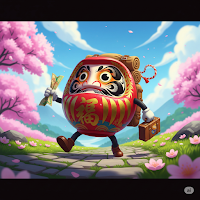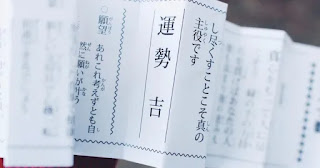The Gentle Gesture of Japan: Understanding the Art of Bowing
When people from overseas visit Japan, one thing that often catches them off guard is how natural and frequent bowing is in everyday life.
You’ll see people bowing at stations, in stores, at temples, at work—it seems to happen everywhere, and between everyone. But bowing isn’t just a formality. It’s a quiet but powerful gesture packed with kindness, respect, and consideration—values deeply rooted in Japanese culture 🌼
🙇♀️ Bowing: A Message That Speaks Before Words
Before words are spoken, we bow.
It’s how we first show our heart to someone.
Whether it's:
-
“Hello” (Konnichiwa)
-
“Thank you” (Arigatou gozaimasu)
-
“I’m sorry” (Gomen nasai)
-
“Please and thank you” (Yoroshiku onegaishimasu)
All of these thoughts can be expressed with just one simple movement. Isn’t that a beautifully delicate and meaningful way to communicate? ✨
🤝 Not Submission, But Alignment of Hearts
At first glance, bowing may seem like putting oneself below the other. But in Japan, bowing is not about lowering oneself—it's about meeting others at heart-level.
By bowing, we show humility, empathy, and our willingness to connect. It’s an effort to place ourselves on the same plane, emotionally and spiritually, with the person in front of us.
🌱 The 3 Types of Bowing—and Their Meaning
Did you know that there are actually different kinds of bows for different situations?
-
Eshaku (15°)
A slight bow used in passing, a casual greeting.
A small gesture that says, “I acknowledge and respect you.” -
Keirei (30°)
A polite bow to superiors or guests.
It carries the message, “You are important to me.” -
Saikeirei (45°)
A deep bow for expressing deep gratitude or sincere apology.
It means, “I truly feel this from the bottom of my heart.”
The angles may differ, but what they all share is a warm heart behind them 💗
🕊 A Silent Communication of Trust
In Japan, gestures often speak louder than words.
A quiet bow can say:
-
“You can trust me.”
-
“I will treat you with care.”
-
“I’m thinking of your feelings.”
Sometimes, a bow can express more than a spoken “thank you” ever could. It’s a beautiful example of non-verbal connection—calm, sincere, and full of grace.
☘️ A Note from "Daruma"
The Japanese bow is more than just etiquette—it’s a “shape of the heart.”
In this simple act, we show respect, kindness, gratitude, and understanding—without needing to speak.
How rare and beautiful that is in today’s fast-paced, noisy world.
A single bow can hold a thousand feelings.
Let’s continue to cherish this quiet but powerful part of Japanese culture 🌿




Comments
Post a Comment